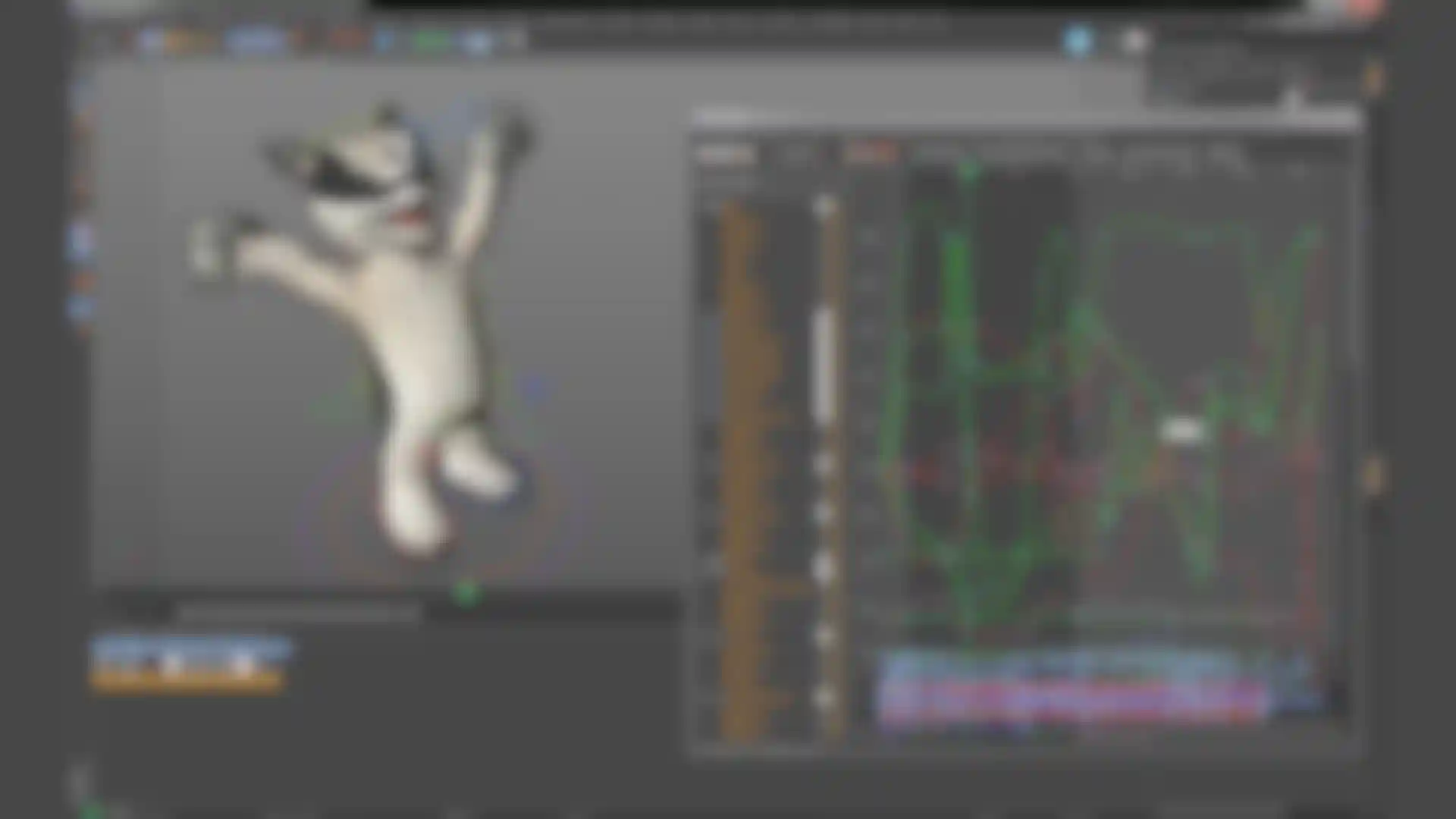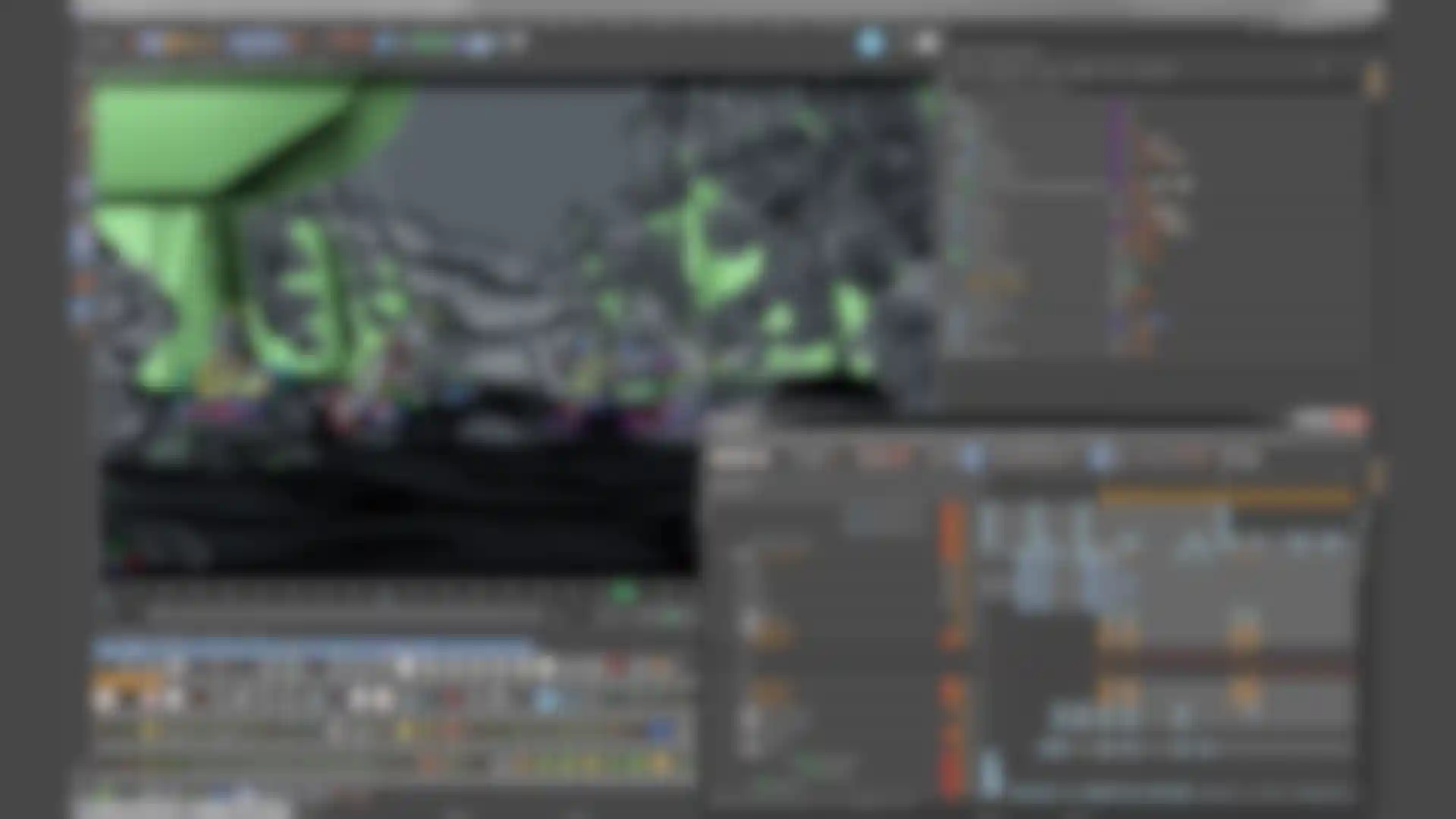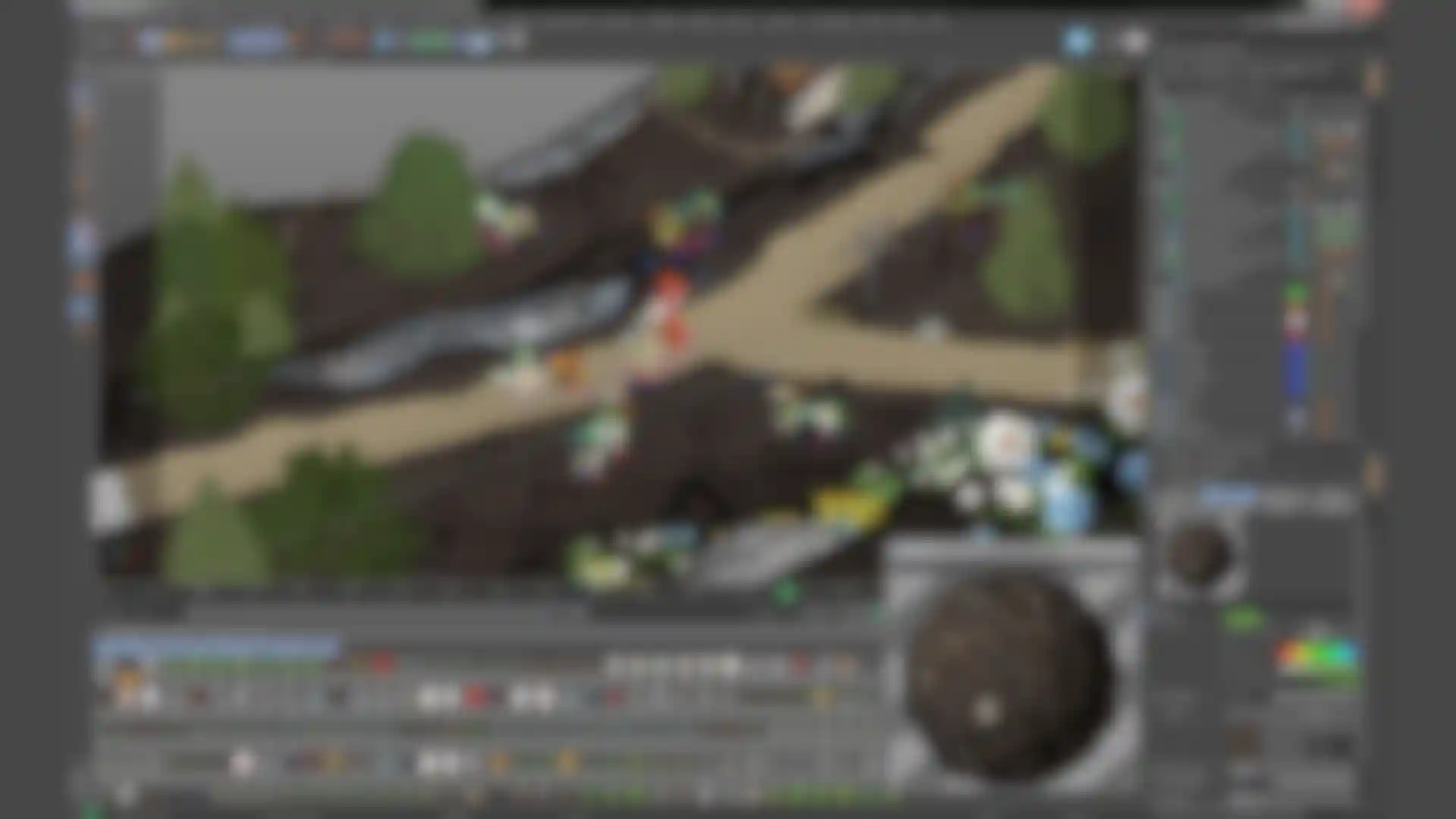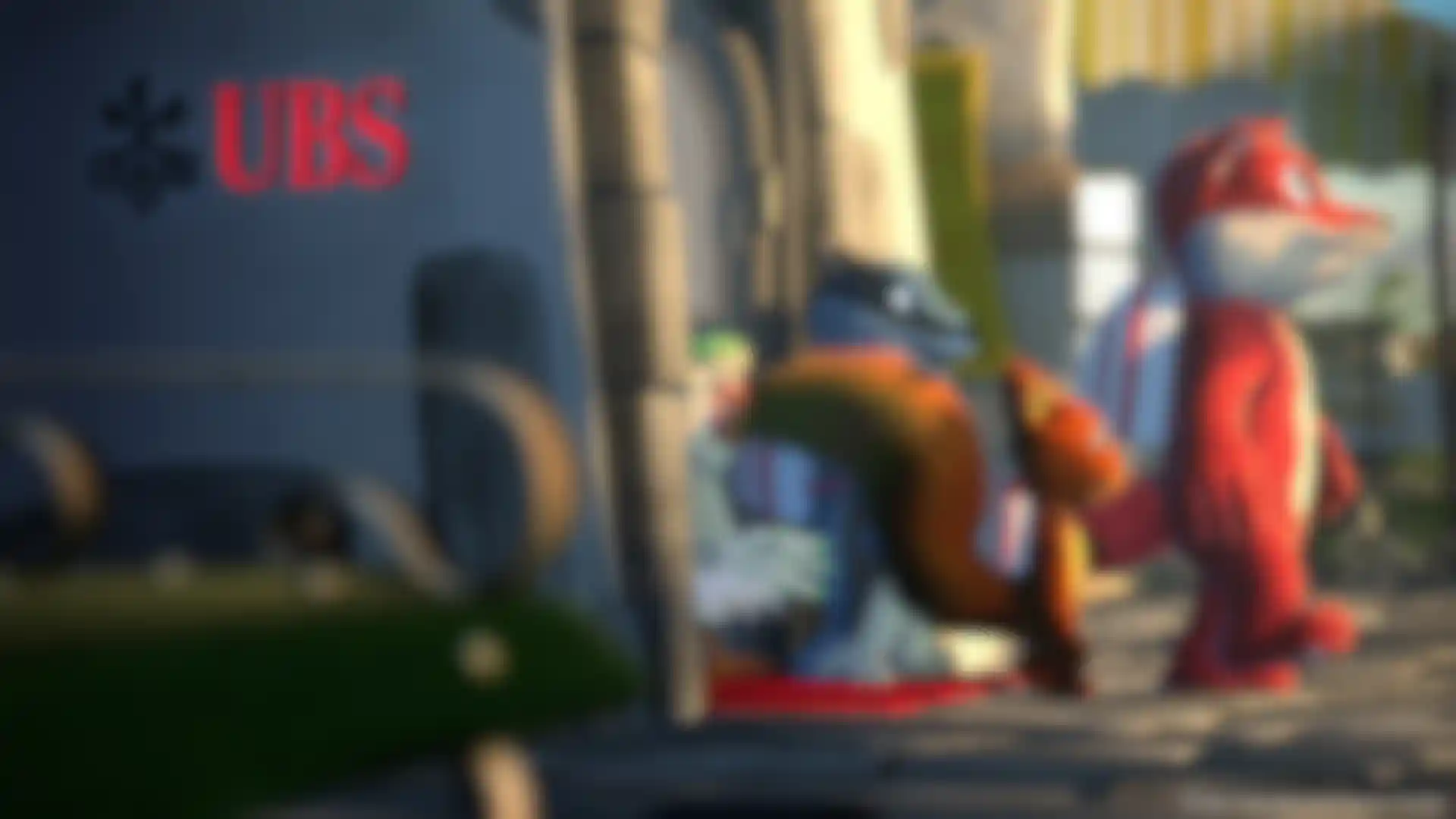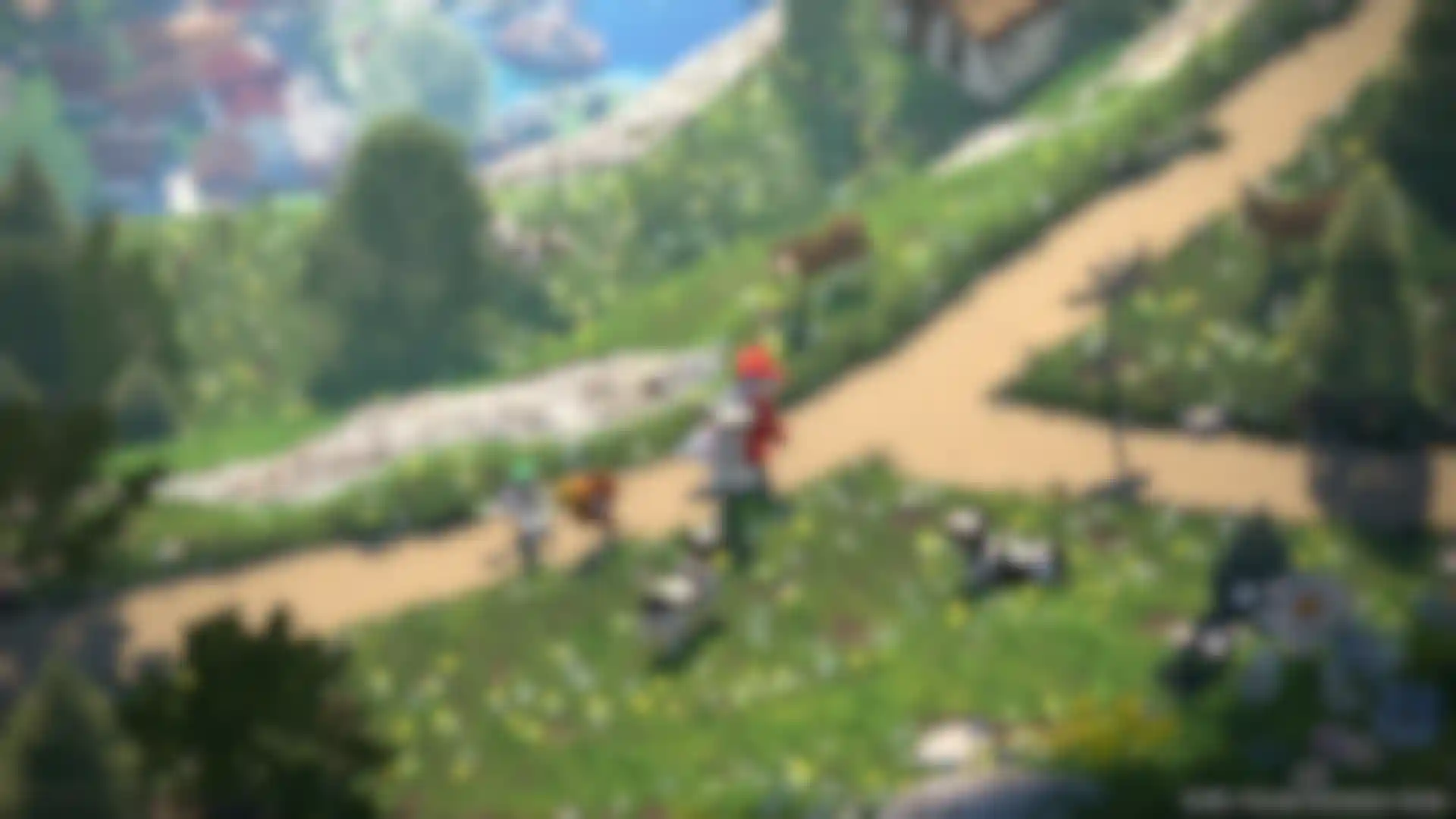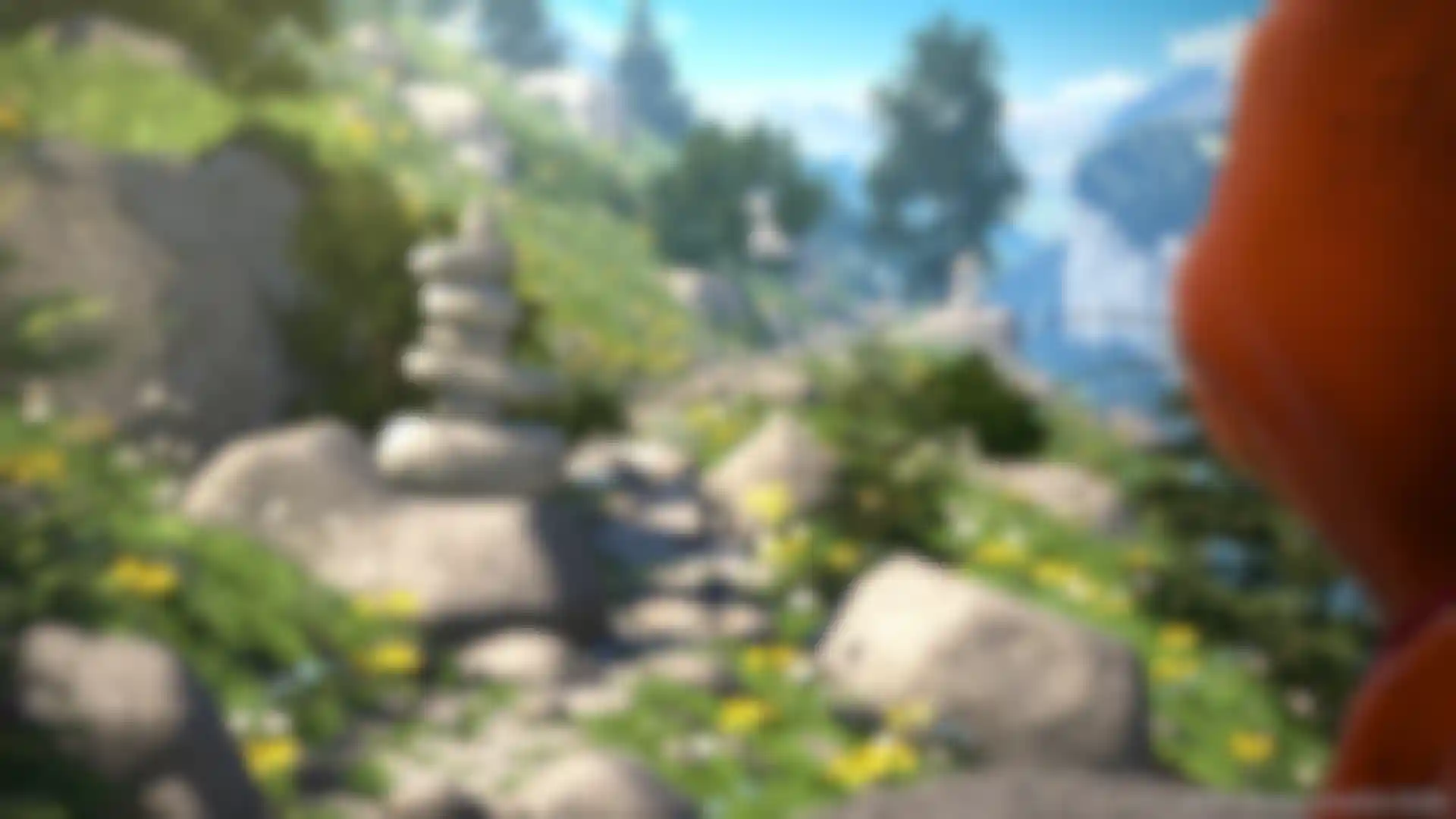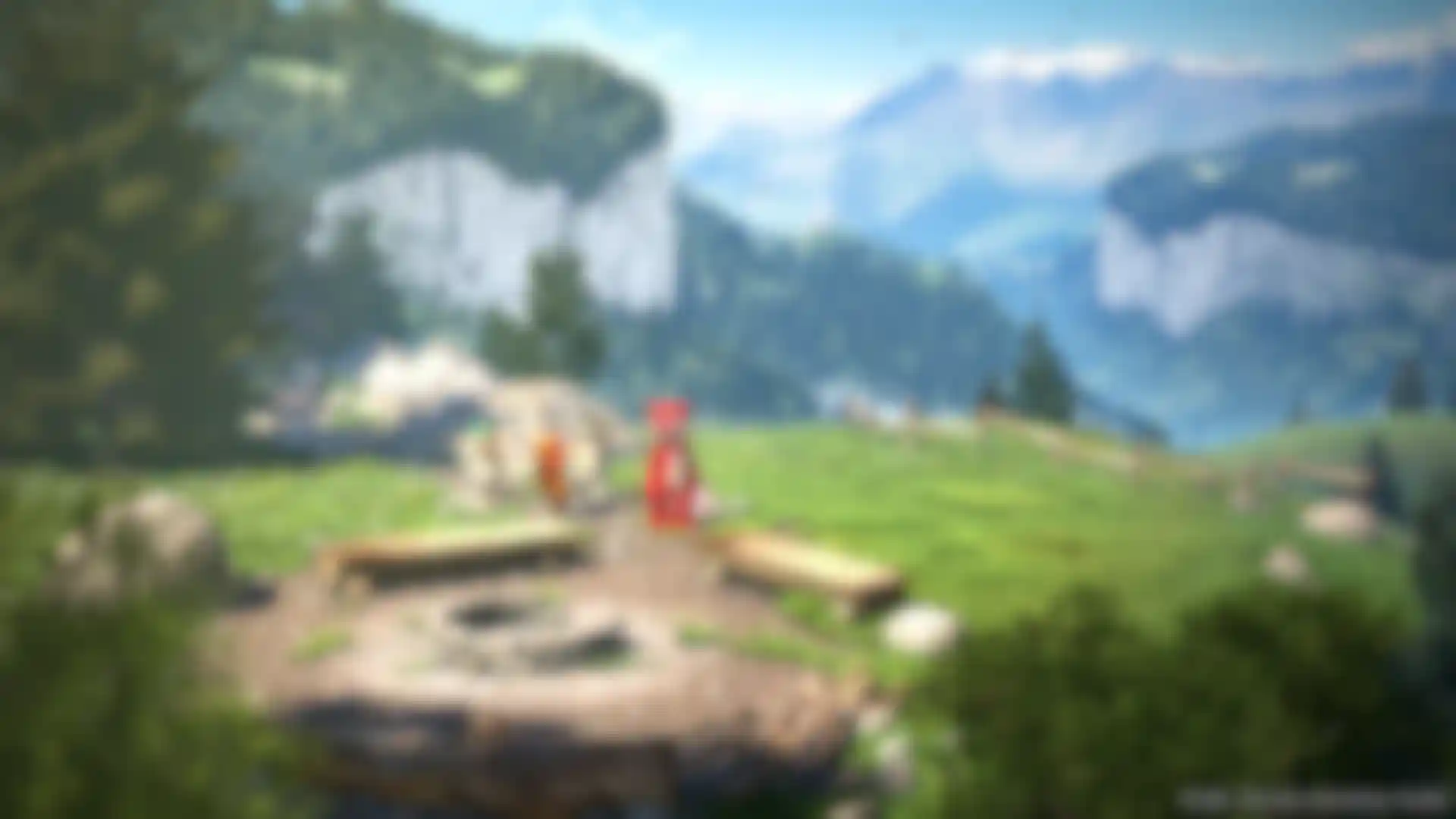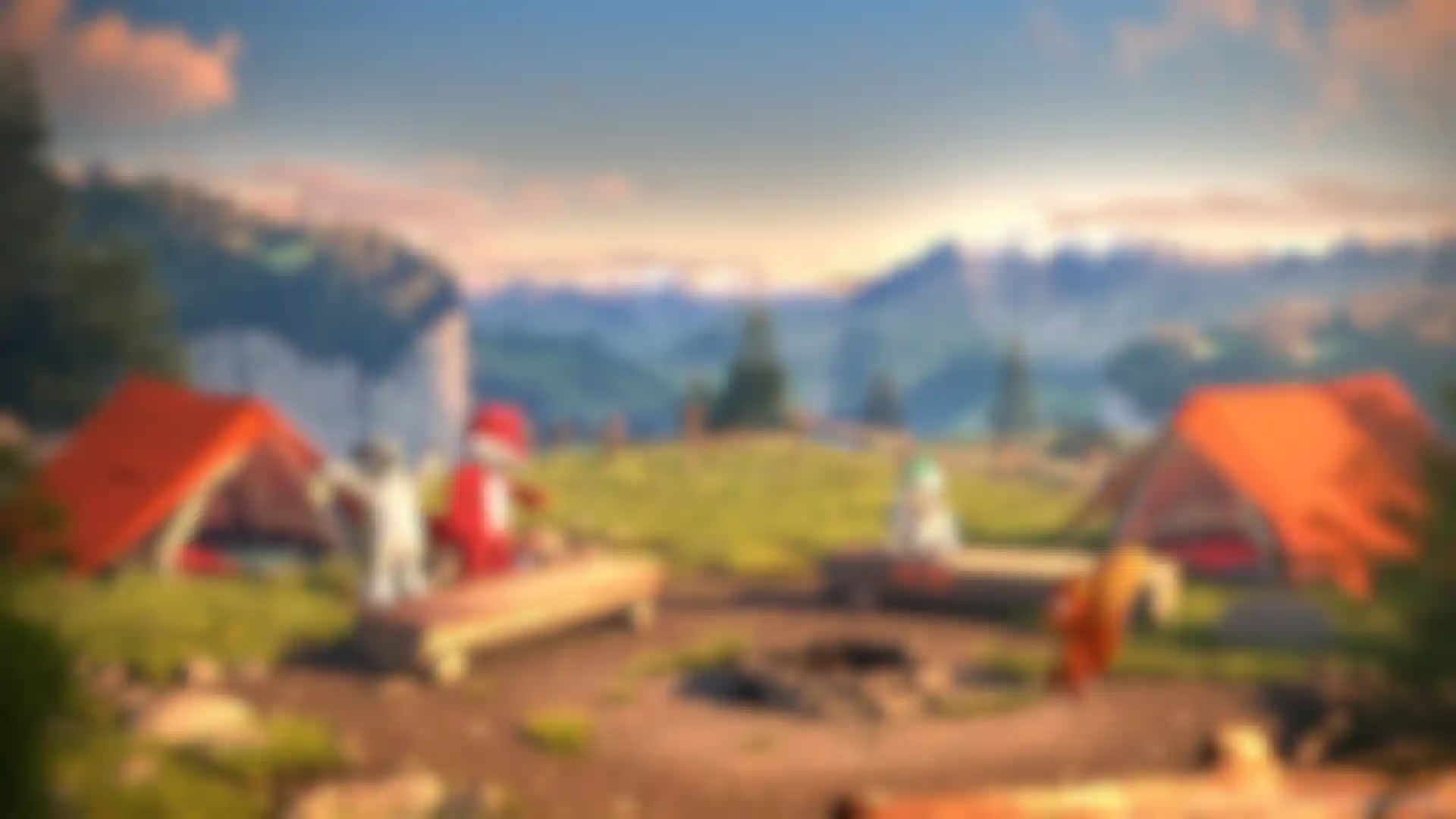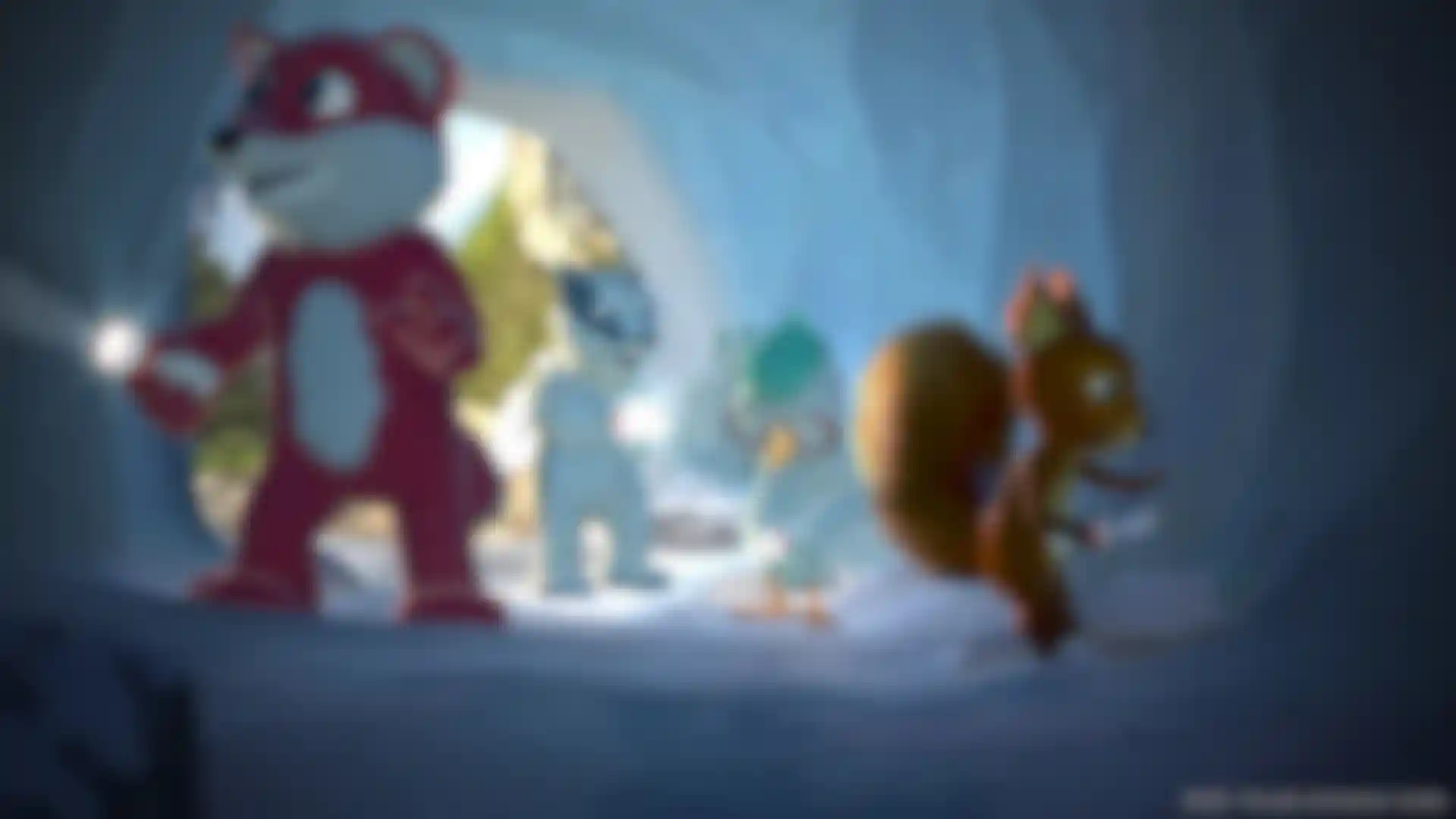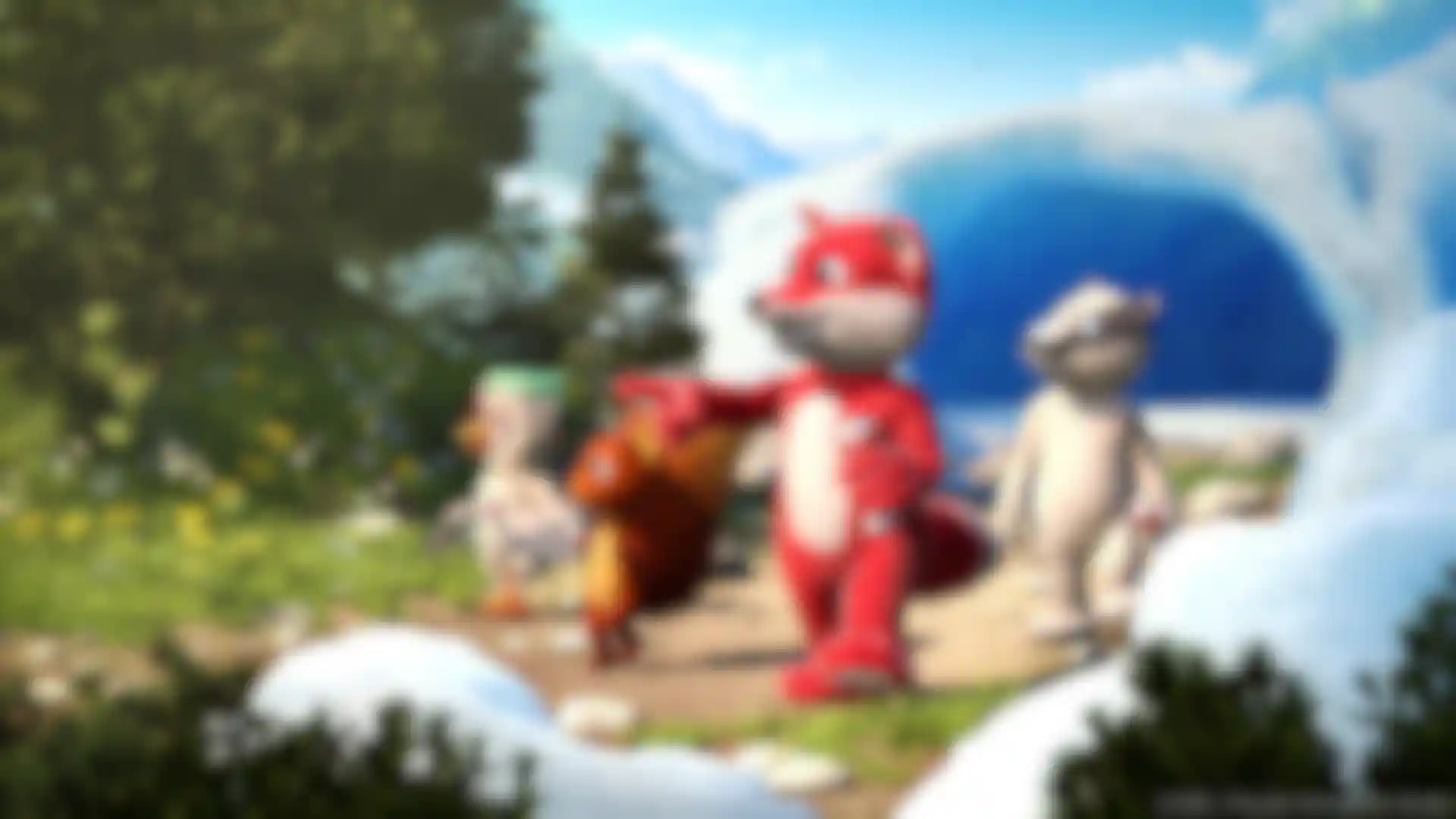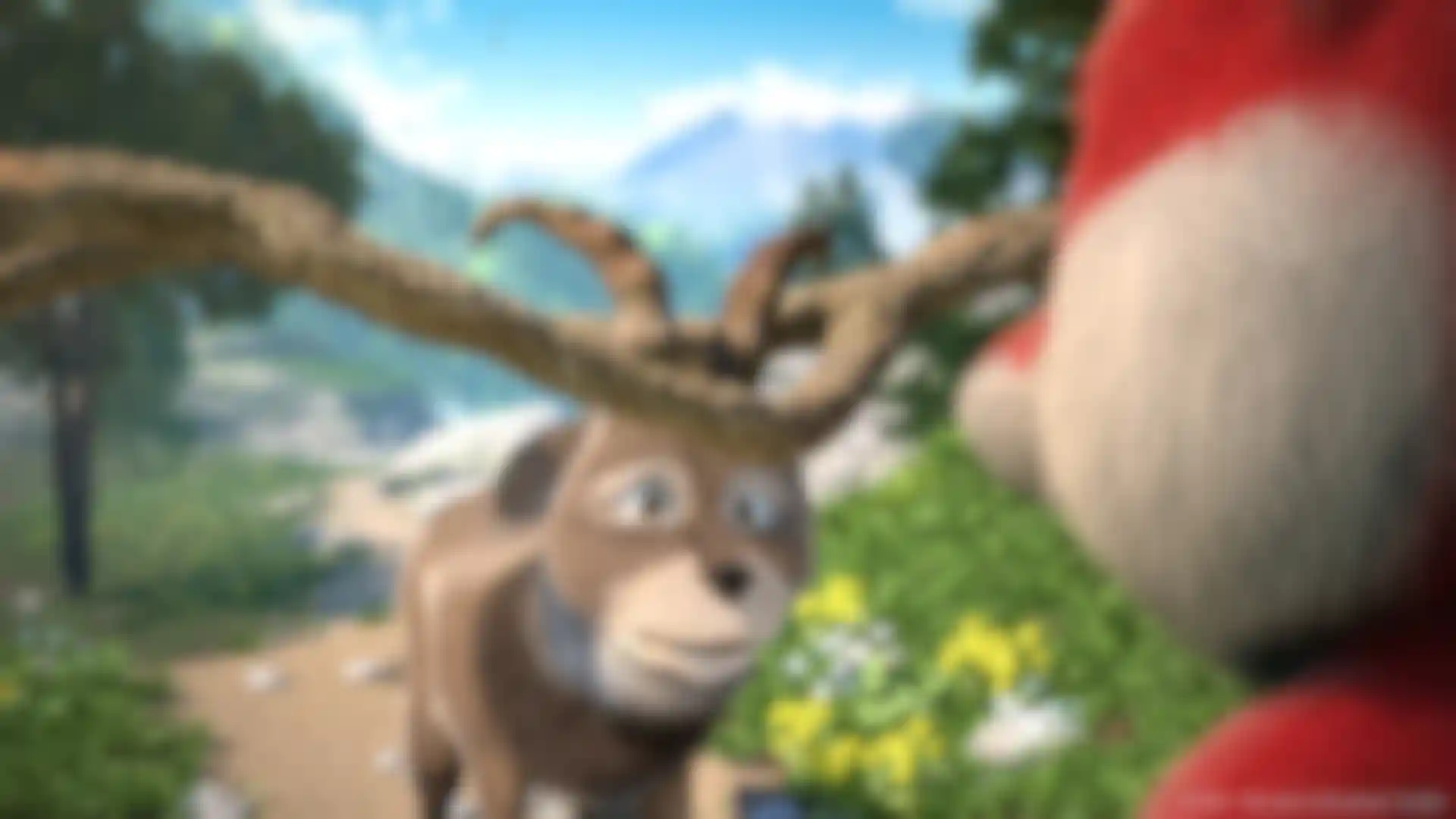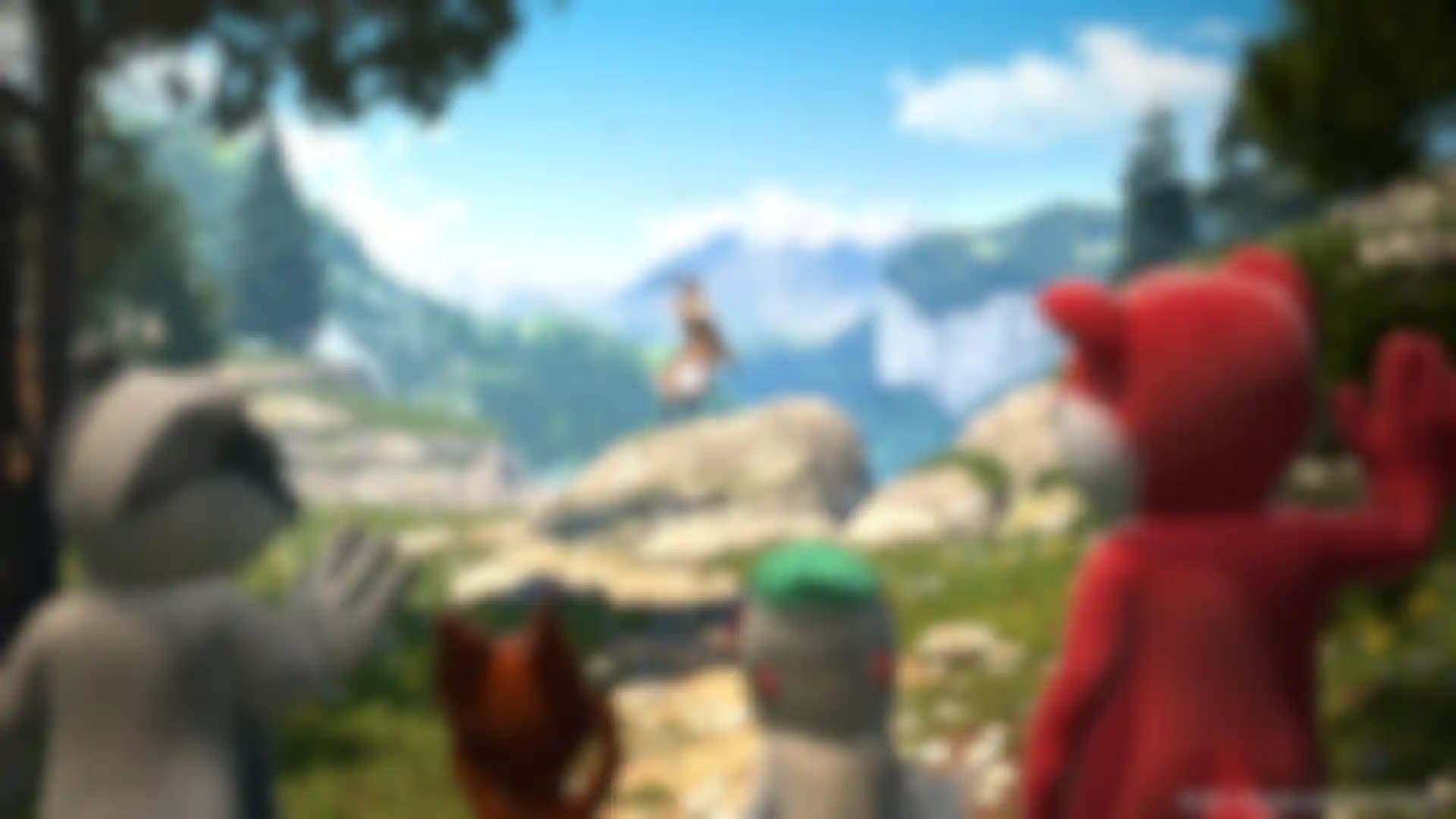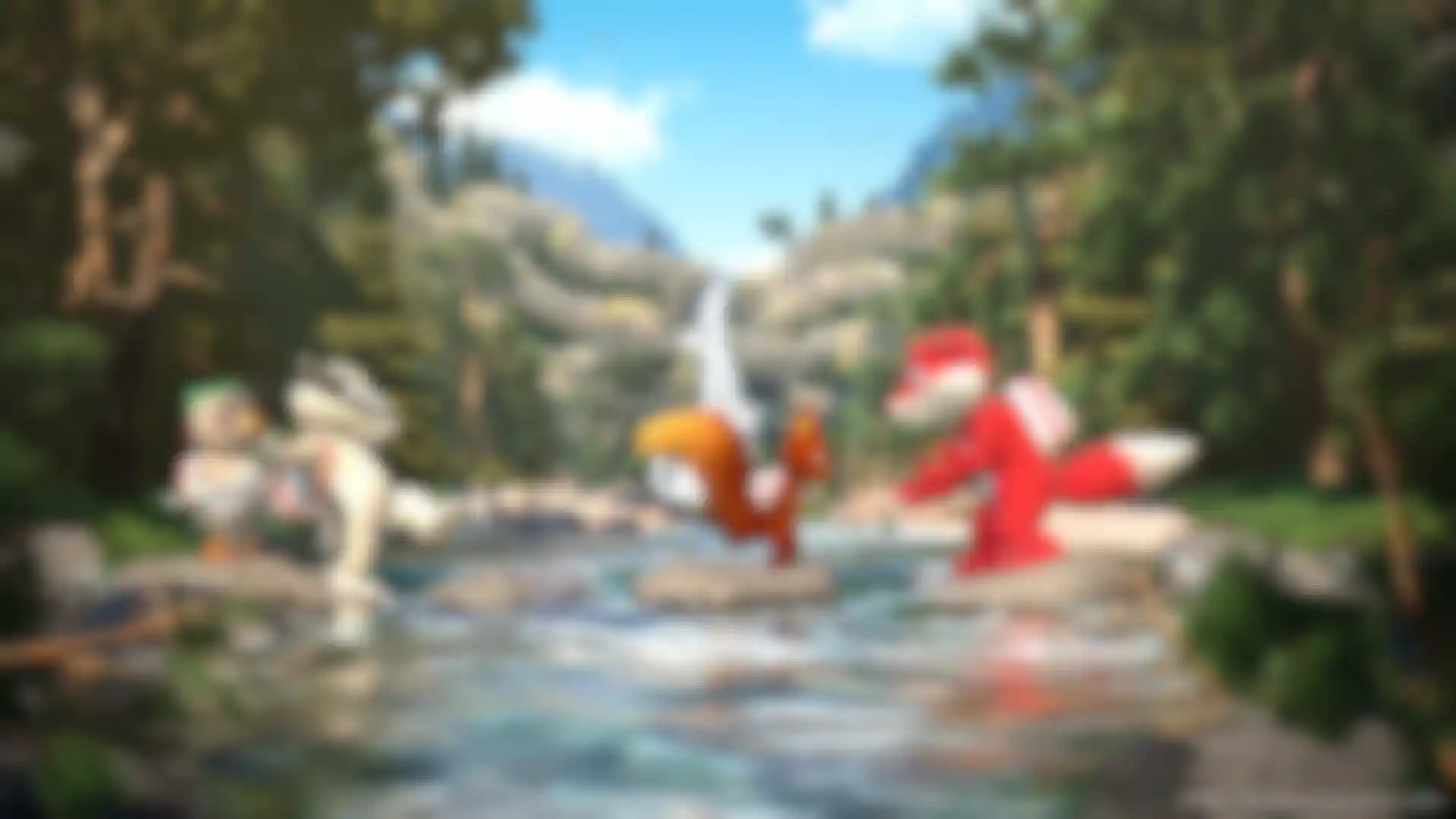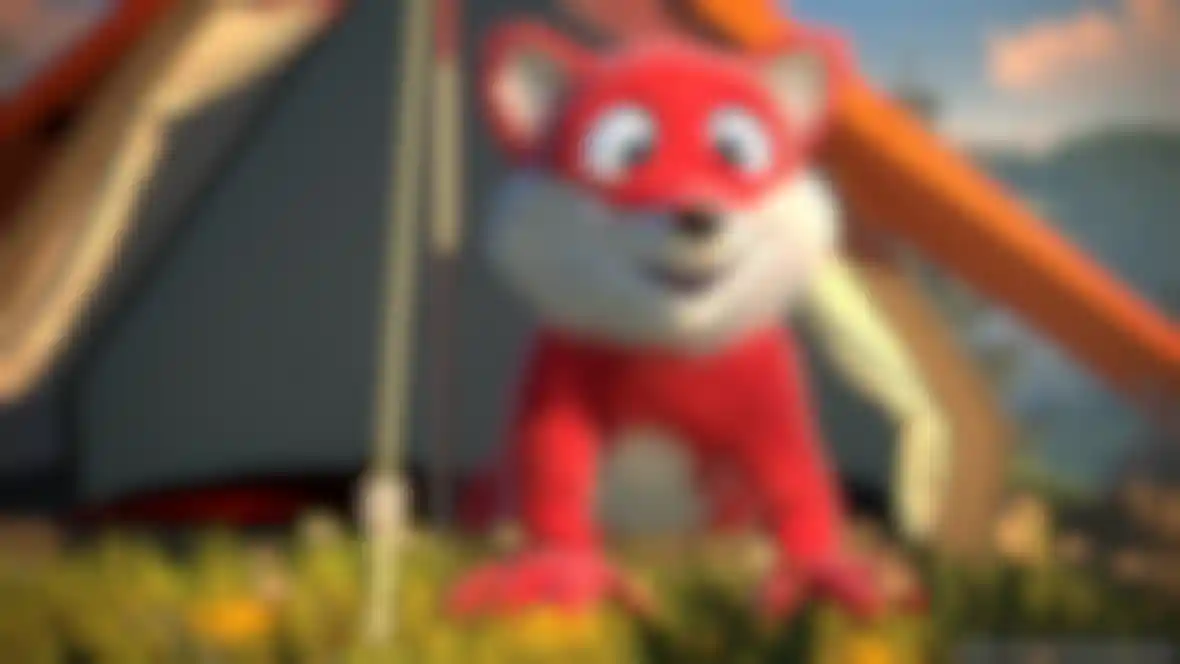
Furry Fun with the UBS Bank Topsy the fox is Switzerland-based UBS bank's mascot. After a long and successful 2D existence they decided to bring him into the third dimension with Cinema 4D.
Many large companies use funny characters to introduce themselves and their products to children. Banks, whose business is an abstract topic for children, are particularly adept at establishing customer loyalty at an early age. UBS's Topsy the fox is an excellent example. To keep with changing customer tastes and the continually burgeoning new media, UBS decided to create Topsy in 3D so they can expand his presence from the traditional brochures and customer magazines to digital media channels.
“Using Cinema 4D to create a 3D character based on 2D drawings was easy with regard to modeling, in part because the client allowed a certain amount of creative freedom for the design process: the new 3D Topsy had to be recognizable as Topsy but we were allowed to design the character to reflect a contemporary look,” explains Michael Scherrer, project director at Pixcube Animation Studio. Not only was Topsy given a virtual reconditioning – all characters were carefully revised and modernized.
“Based on various feature-length animation movies, the client already had an impression of what could be done with a 3D Topsy & Co. but was nevertheless surprised at the amount of work that went into animating an entire ensemble of figures,” remembers Michael.
“The fact that Topsy and other characters had a fur coat made things the more interesting. Topsy wasn’t the only furry creature in the scenes, which meant that there would be fur-to-fur or fur-to-feather interaction among the characters, which in turn presented quite a number of collision challenges for our team,” said Michael.
In addition to all the characters, the surrounding scenery also had to be created, which had to be created in a characteristic “Swiss” look. This meant that mountains, slopes, forests and the characteristic houses and structures also had to be modeled in Cinema 4D. “We made quite liberal use of the MoGraph tools for the creation of the landscapes. Cloner objects, Effectors and render instances were essential elements for this phase. We used the Laubwerk plugin to create most of the vegetation and the Hair feature in Cinema 4D when it came to creating grasslands and pastures.”
“Cinema 4D proved to be a comprehensive program that made it possible for us to meet – and conquer – any challenge we encountered during this project. For example, we were able to save a lot of time by using CMotion to create part of the character animations.”
“We used Cinema 4D’s Standard Renderer in conjunction with the Ambient Occlusion function. We didn’t use the Global Illumination function due to the render times. The renderer delivered the quality we were looking for. We split the rendering processes into three sections: characters, scenery and effects. These were then combined in the compositing phase.”
“We have since created more than 30 spots using this method, which shows that our client is very satisfied with the results – and we are more than satisfied with the results that Cinema 4D and its range of powerful tools delivers,” concludes Michael.
